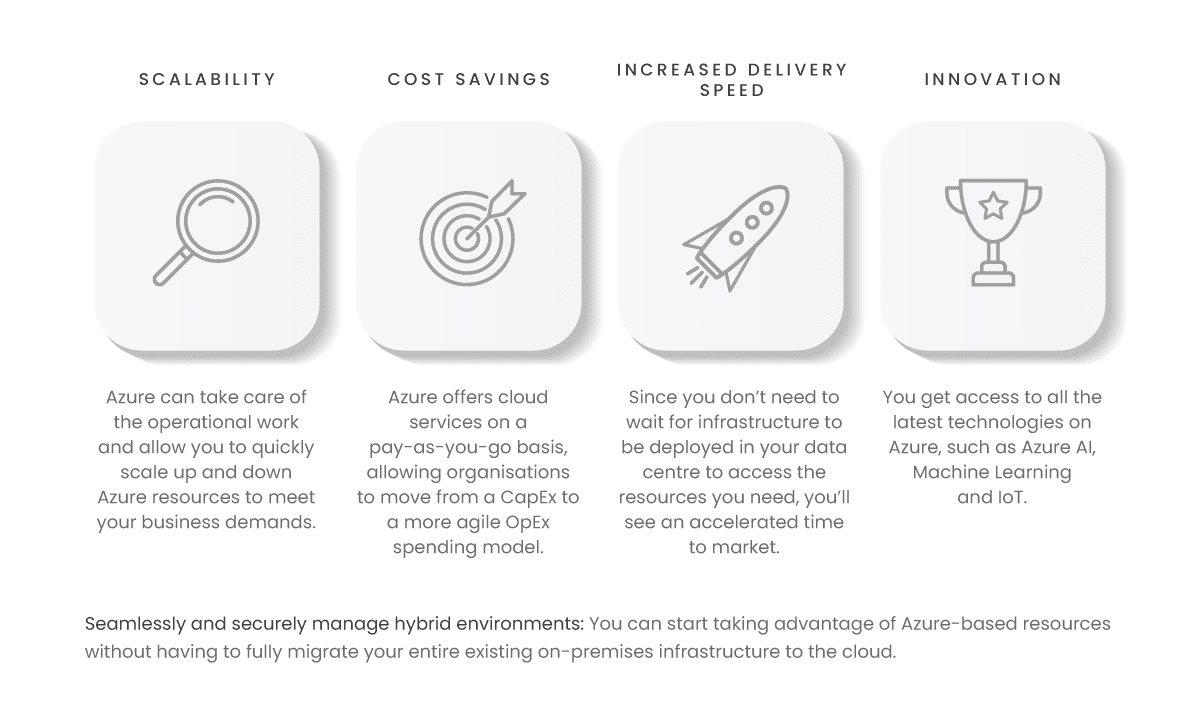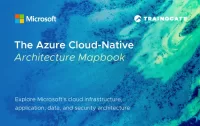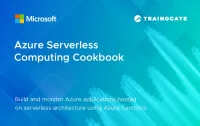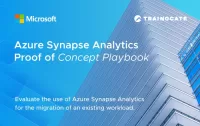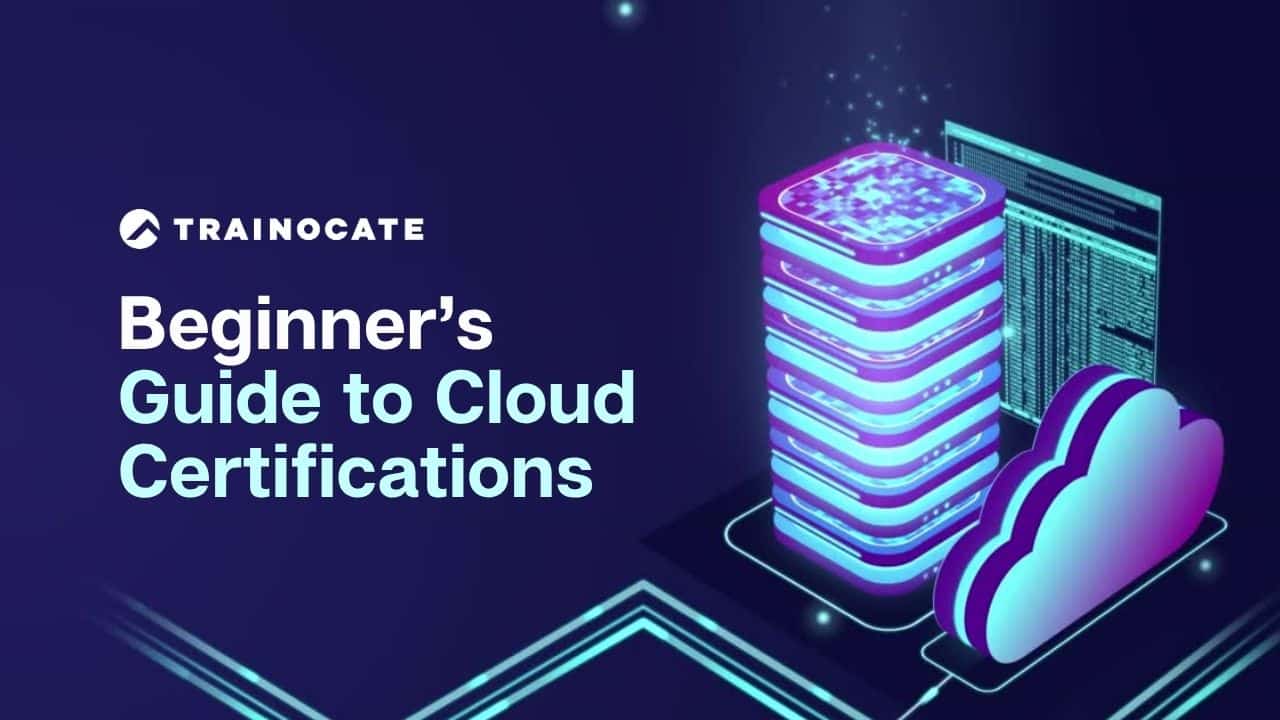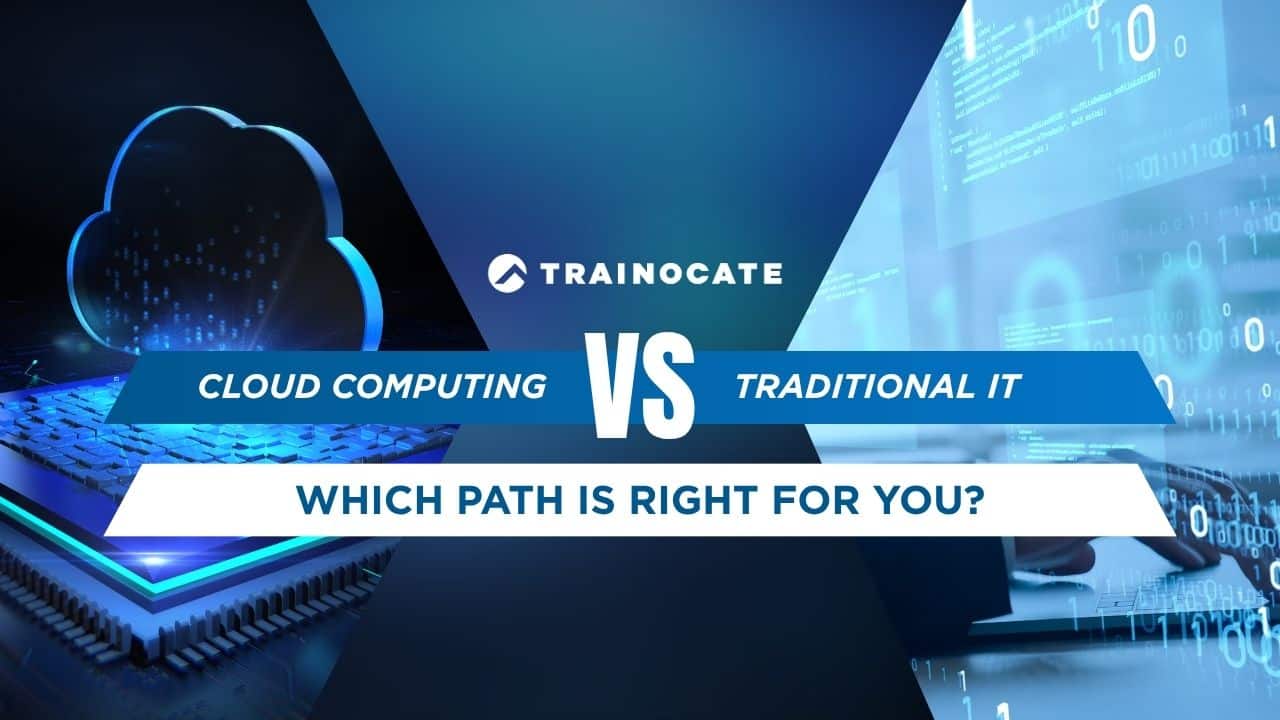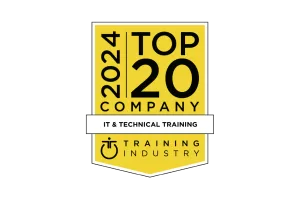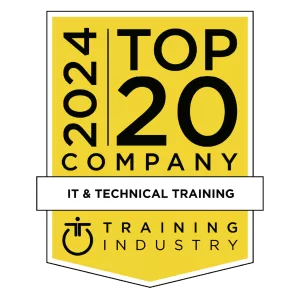Azure Strategy and Implementation Guide
Azure Strategy and Implementation Guide
The Azure Strategy and Implementation Guide provides readers with key insights into cloud transformation with Azure.
Today’s businesses face significant challenges, from enabling remote work and responding to increased cyberattacks to managing reduced cash flow. Microsoft Azure is a powerful cloud platform designed to help you empower productivity, ensure security, drive efficiency and save money, enabling you to deliver resiliency, cost savings and the impact your company requires. Whether you are a start-up or a multinational enterprise operating all over the world, you can start deploying and migrating workloads to Azure with an approach that meets your business needs.
Microsoft Azure
Before we delve into the details, let’s start with Microsoft Azure.
Azure is Microsoft’s cloud computing platform. It provides a variety of services to both individuals and organizations. Cloud computing enables convenient, on-demand access to a shared pool of computing resources over the network. These resources can range from storage and servers to applications that can be deployed rapidly.
Azure provides rapid provisioning of compute resources to help you host your existing applications, streamline new application development and even enhance on-premises applications. These resources are managed by Microsoft; however, you can monitor them and get reports and alerts when issues arise. This is all built on top of resource pools that can be dynamically assigned to the required services, which can include CPU, memory, storage and network bandwidth.
There are four categories of service models offered by Azure, which are Infrastructure as-a-Service (IaaS), Software-as-a-Service (SaaS), Platform-as-a-Service (PaaS) and Serverless. Azure IaaS is an instant computing infrastructure that offers essential compute, storage and networking resources on demand and is provisioned and managed over the internet.
Approaches for Azure adoption
As you consider Azure adoption for your cloud infrastructure strategy, you can choose from different ways to deploy cloud services – public cloud, private cloud, hybrid cloud, multiple clouds and at the edge of networks. Deciding between these computing environments can depend on a variety of factors. Let’s take a look at each of these approaches.
1. Public cloud
The most common type of cloud computing service is a public cloud, which is provided by third-party cloud providers and delivered over the public internet. The resources in these public cloud environments are owned and managed by the underlying cloud provider, which in the case of Azure is Microsoft.
2. Private cloud
As the name suggests, a private cloud comprises cloud computing resources – hardware and software – used exclusively by one business or organization, with both services and infrastructure being maintained on a private network. A third-party service provider can host a private cloud, or it can be located at an on-site data center.
3. Hybrid cloud
A hybrid cloud is a computing environment that combines an on-premises data centre with a public cloud, allowing data and applications to be shared between them. Hybrid clouds allow businesses to seamlessly scale up their on-premises infrastructure into the cloud when processing demand increases and scale back that infrastructure when demand decreases.
4. Multicloud
A multicloud approach involves the use of multiple cloud computing services from more than one cloud provider. This allows you to mix and match services from different providers to get the best combination for a particular task or capitalise on offerings.
5. Edge computing
Edge computing combines the power of the cloud with Internet of Things (IoT) devices. At edge locations, close to where the data resides, you can run virtual machines, data services and containers using edge computing to gain insights in real time and reduce latency.
Azure migration strategies
Microsoft Azure gives organizations the ability to push an already existing infrastructure to the cloud, moving either some of their workloads for a hybrid cloud approach or the entire infrastructure – this is referred to as migration.
There are three different strategies to accomplish migration to Azure: re-hosting, re-platforming and refactoring.
Business benefits of Azure infrastructure
The guide also goes on to cover elements such as Automation and Governance in Azure, Modernizing with hybrid cloud and multicloud, Cloud migration: Planning, implementation and best practices, Enabling secure, remote work with Azure AD and Azure Virtual Desktop, Security fundamentals to help protect against cybercrime and Offers support, resources and tips to optimise cost in Azure.
Get the edge you need in this cloud-based world with Azure cloud certification.
Securing the right talent is pivotal, to meet today’s demanding business landscape.
Microsoft Azure role-based certifications are developed as means to enhance and validate your technical expertise and ability in current and future job roles. This could also help ensure that your organization acquires the best talent.
Azure training and certifications have one aim in mind – empowering IT pros, developers, and data & AI professionals to validate that they have the required skills to cover all angles of your digital transformation, including – managing on-premises, hybrid, cloud infrastructure to innovating with the best-in-class applications.
Get a step-by-step introduction to using Azure for your cloud infrastructure with this Pack e-book.
Read the latest edition of the Azure Strategy and Implementation Guide for detailed guidance on how to create a successful cloud adoption strategy with new innovations, capabilities, and security features from Microsoft Azure.
